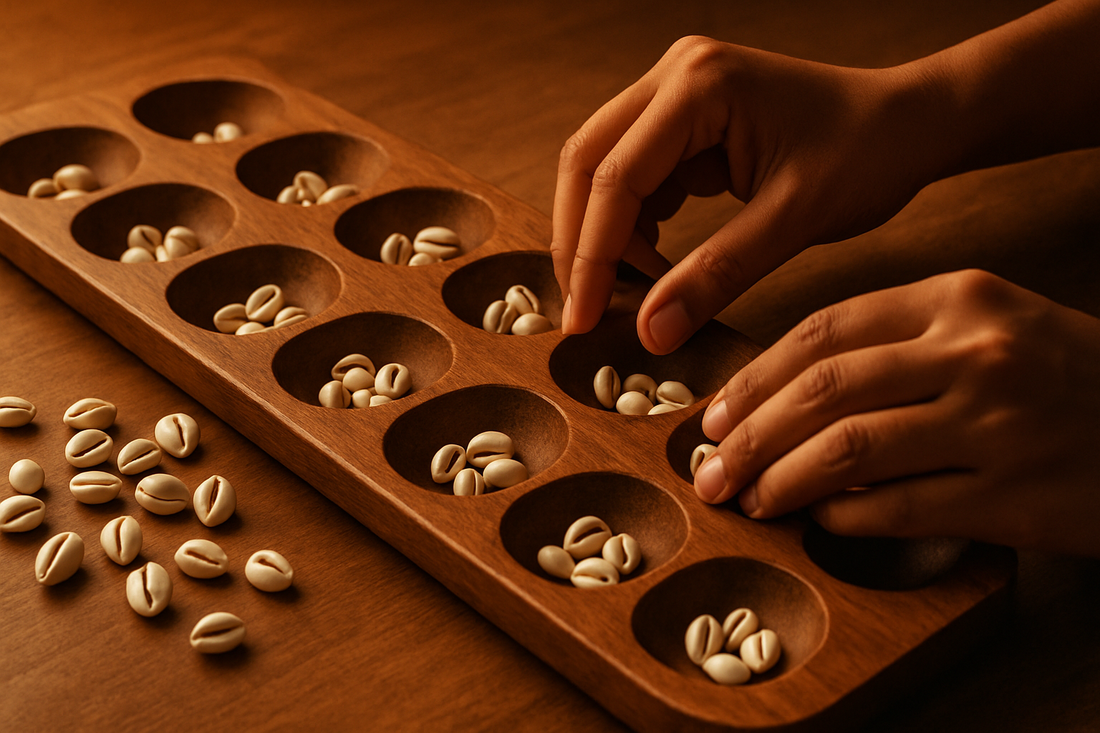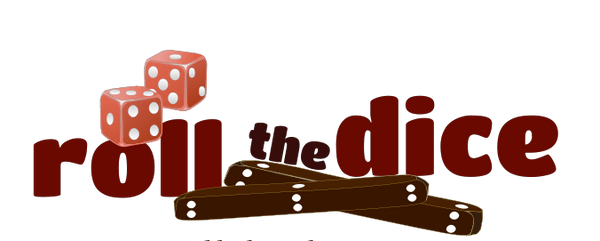
The Mathematics Behind Pallanguzhi | Counting, Logic, Strategy | Roll the Dice
Share
Check Out All The Indian Traditional Board Games Here
Check Out Premium Quality Pallanguzhi | AlaguliMane Here
Pallanguzhi isn’t just a beloved heritage game—it’s a hands-on lesson in mathematics that builds counting, grouping, planning, and logical thinking for all ages. With simple shells and pits, players intuitively practice addition, subtraction, skip‑counting, and probability-style decision making in every move.
Quick overview 🐚
Also known as the Indian mancala, Pallanguzhi uses sowing and capturing mechanics that naturally reinforce number sense and mental arithmetic. Its tactile gameplay turns abstract ideas—like partitions, remainders, and equal distribution—into concrete actions learners can see and feel.
Core math skills 📐
- Counting and skip‑counting in sequences like 2,4,6,… to optimise sowing routes and end in target pits.
- Composing and decomposing numbers by splitting piles and recombining to capture efficiently.
- Modular thinking via “wrap‑around” sowing where pit positions cycle, echoing arithmetic mod n.
- Early probability intuition by choosing moves that increase the chance of ending on capture‑friendly pits.
Mini examples ✍️
- Efficient sowing: moving a pile of n shells one-by-one enforces repeated addition 1+1+… and route planning across n pits.
- Fair shares: turning one large pile into equal parts illustrates division and remainders, e.g., n=qd+r for pit count d.
- Look‑ahead: selecting a pit so the last shell lands in a scoring spot models goal‑backward planning common to game theory.
Play tips for learning 🎯
- Start with low counts and increase shells gradually to scaffold difficulty while keeping thinking time focused.
- Verbalise moves: say totals aloud while sowing to strengthen number fluency and quick addition.
- Add challenges: “land last in an empty pit” or “finish with an exact count” to target specific math outcomes.
Family and classroom ideas 🍎
- Pair mixed ages so experienced players model grouping and counting strategies for beginners.
- Use quick rounds (10–15 minutes) with reflection: “What number patterns worked?” to connect gameplay to math vocabulary.
- Rotate roles—counter, mover, checker—to blend collaboration with accountability in each turn.
Explore handcrafted traditional game sets that make math tangible and fun, perfect for home and school play. Choose easy‑grip pieces and clear, high‑contrast boards to keep sessions smooth for every age group.
